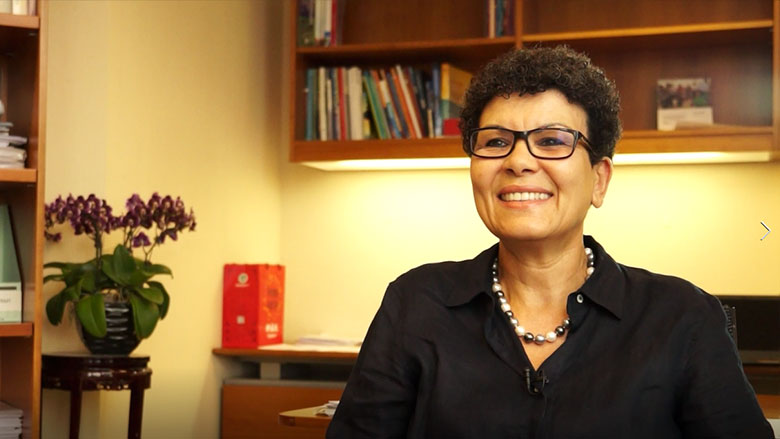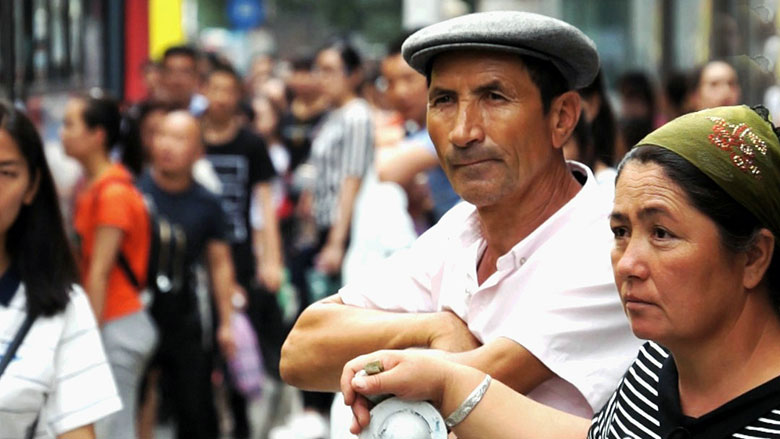Urban transport challenge and solution
Urumqi is the capital city of Xinjiang Uyghur Autonomous Region in northwest China. Historically a major hub on the Silk Road, Urumqi today is a modern metropolis with 3.55 million residents.
With rapid urbanization and rising incomes, there has been a significant increase in private car ownership. Between 2010 and 2016, the number of private cars quadrupled from 177,700 to 747,100, or about one car for every five people.
More private cars on the road has caused increasing traffic congestion and air pollution. Regular buses cannot fully meet the travel needs of residents. Buses are usually packed during peak hours. Wait time is long, getting on board is hard, and they often get stuck in traffic.
To address the problems, the Urumqi Municipal Government turned to an efficient, low pollution, cost effective and high capacity mode of public transport--the Bus Rapid Transit or BRT.
Urumqi started BRT construction in 2011. The World Bank approved a $140 million loan to the second Urumqi Urban Transport Improvement Project in December 2015, with a focus on BRT.
“Urumqi’s BRT began trial operation in August 2011. There were only two lines then. Now there are seven lines with a total length of 114.36 kilometers and a fleet of 552 buses,” said Yang Xinsheng, General Manager of Urumqi Urban Public Transport Co.
A convenient, cheap, comfortable and fast way of travel
The north-south BRT Line 1 cuts across the city connecting the South Railway Station and downtown area. It stops at Hongshan, a busy station bustling with people.
“Hongshan is the exchange station of four BRT lines. About 30,000 passengers change lines here every day. A total of about 50,000 passengers pass through this station every day,” said Zou Tao, BRI Operations Manager.
Passengers use cash or swipe a prepaid IC card to enter the station. People can add value to their IC card at the entrance. It costs only RMB1 yuan ($0.15) per trip. Rides are free for senior citizens above 60 years of age. Transfers within stations are also free.
Electronic display screens show how many minutes before the next bus arrives. Buses are so frequent that the wait time can only be a couple of minutes.
The 12- and 18-meter high capacity BRT bus can carry 90 to 160 passengers, and up to 200 passengers at peak hours. Its low floor allows easy access for people with disabilities, the elderly, children or people carrying luggage.
The buses are mostly fueled by natural gas or a mix of gas and electricity, and are environmentally friendly. Pedestrian overpasses, underpasses and traffic lights ensure passengers’ safe crossing to and from stations.
BRT stations are typically located near schools, hospitals, business districts, and other transit hubs. Construction is underway to extend a BRT line to connect to the newly-opened Urumqi High-Speed Railway Station.
“Convenient”, “fast”, “cheap”, and “comfortable” are the most common words used by passengers to describe the Urumqi BRT.


